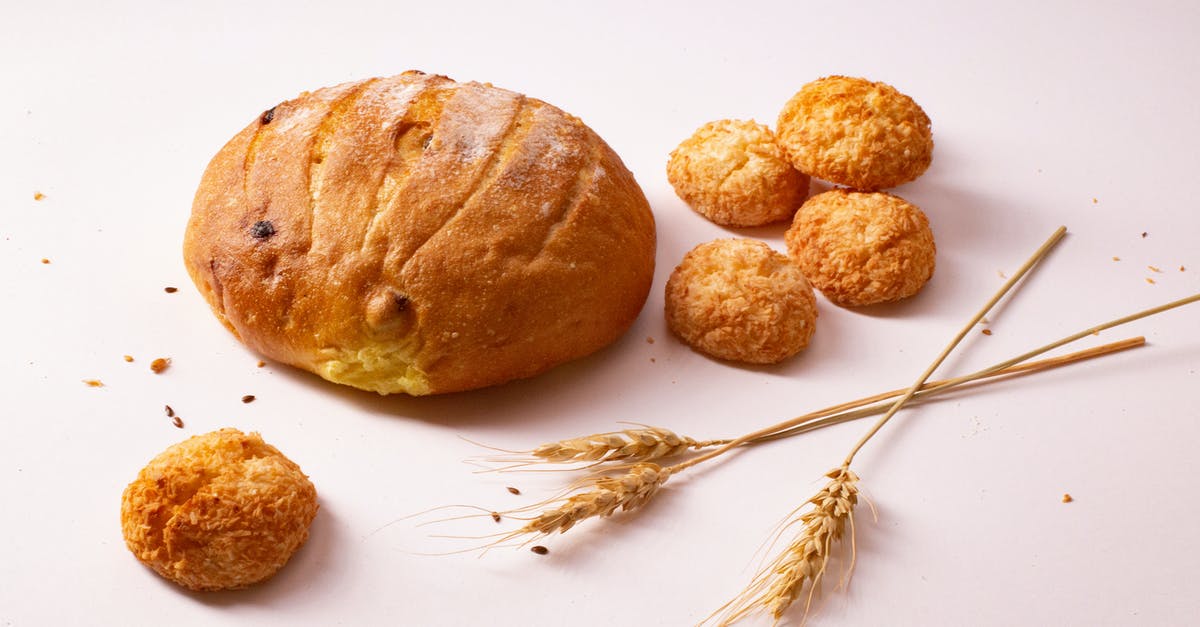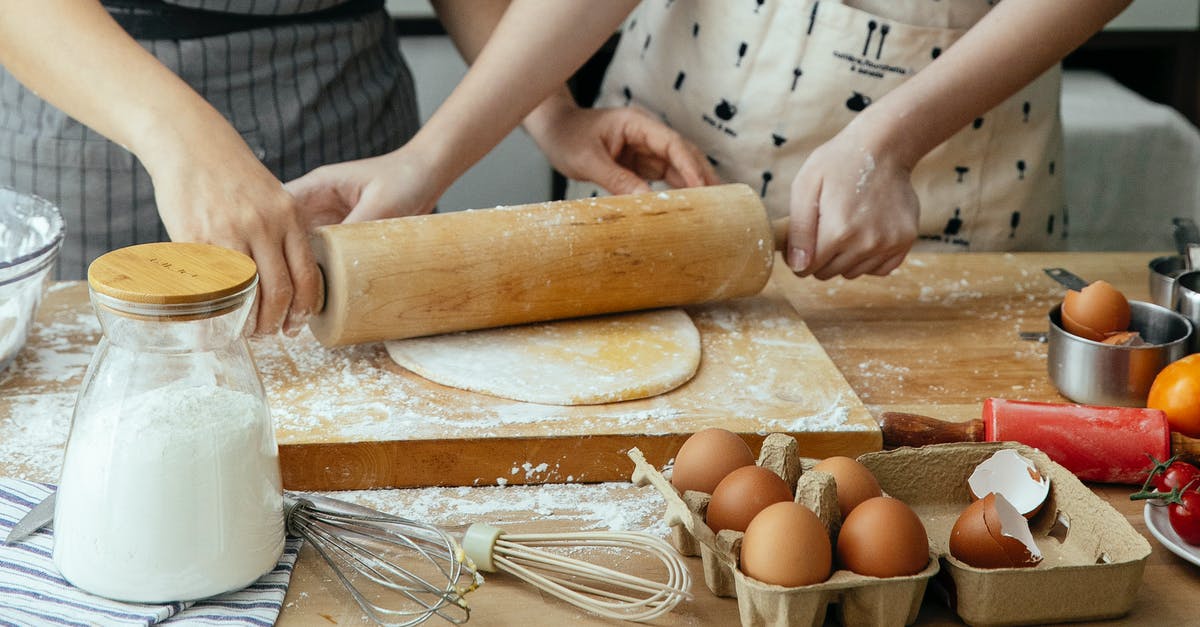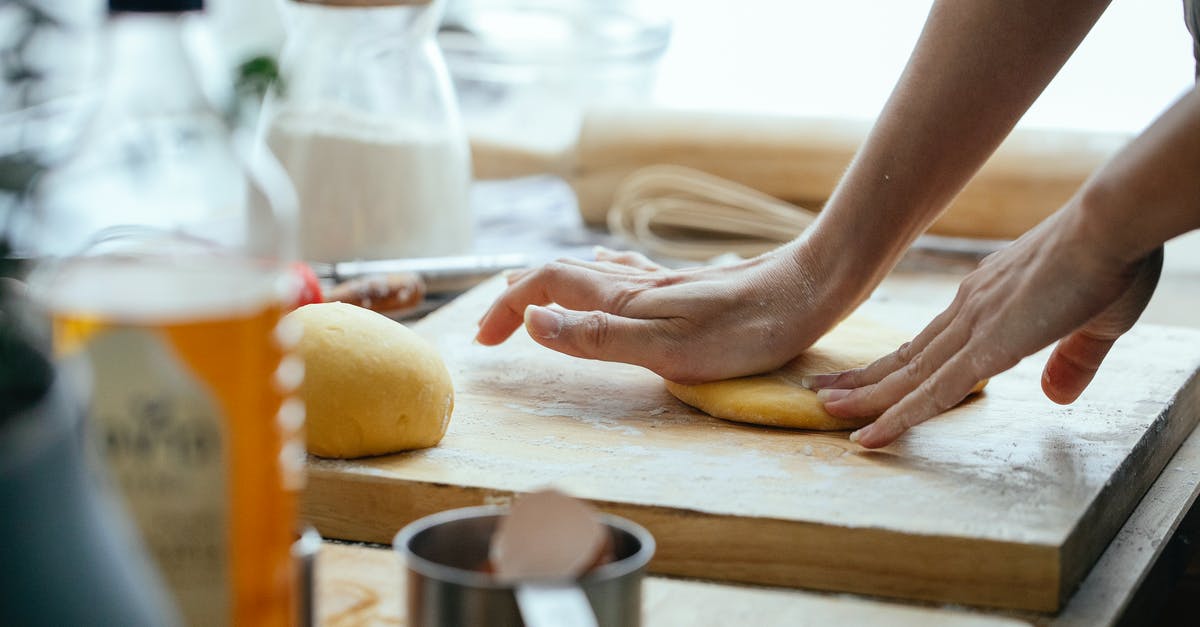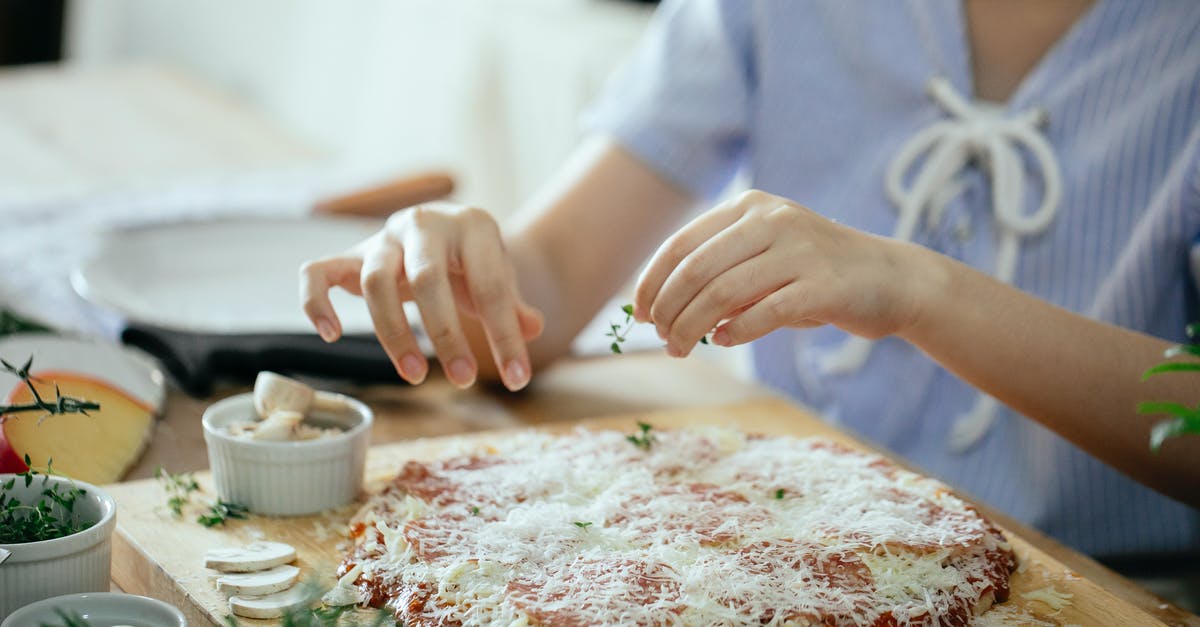yeast substitutes and proper measurements

I was wondering if I could get some advice as I have intolerances to yeast and have heard of a few substitutions from: baking soda, baking powder, lemon juice, milk and yogurt. The question comes to how do I measure these into bread or baking to make whatever I am making rise? I have heard that in the middle east they rarely use yeast for bread baking and their bread still rises. I just don't know the proper measurements I would use, if a bread recipe calls for 1 or 2 packets of yeast and mixing them in water do you mix one tsp of baking soda and 1 tsp of lemon juice in together?
If you can give me any advice on this that would be greatly appreciated, thanks.
Best Answer
There are no substitutes for yeast. What you list are not substitutes, but alternative leaveners: either actual baking powder, or a combination of baking soda and lemon juice or yogurt. The milk does not contribute to leavening at all.
There is nothing you can do to mimic ordinary yeast or sourdough (which consists mostly of wild yeasts). If you were to use a chemical leavener in a bread recipe, everything would be wrong - the ingredients, the proportions, but most of all, the process. It will fail miserably.
There are two classes of baked goods which are used as bread and don't contain yeast, quickbreads and unleavened breads. Quickbreads are made with chemical leaveners. Nowadays, practically nobody bakes them for use as a bread, but rather as a kind of less elegant cake. So the recipes common today are for the sweet and fruity varieties like banana bread. But if you can find a source of WWII era recipes, you'll probably find plain quickbreads without sugar, intended to be used instead of yeast breads.
Unleavened breads don't rise, they are a class which contains things like flour tortillas and naan. They are indeed popular in the Middle East, but it is not true that "their bread still rises" - it doesn't, and it isn't intended to. You can get some amount of puffiness if you have a very hot oven, but this is impossible with electric appliances on 360 volts or below, it is done in wood ovens. And the pita still stays mostly flat, it is just somewhat airier, but it cannot be shaped as a loaf and still bake.
I am sorry to hear about your condition, but all you can do is to search for recipes for quickbreads and flatbreads. Yeast cannot be substituted.
There is a bit of explanation on leavening mechanisms in this question: Why are there no recipes combining both yeast and baking powder?.
Pictures about "yeast substitutes and proper measurements"



Quick Answer about "yeast substitutes and proper measurements"
You can substitute yeast with equal parts lemon juice and baking soda. So if a recipe calls for 1 teaspoon of yeast, you can use half a teaspoon of lemon juice and half a teaspoon of baking soda.What can replace yeast in a recipe?
Here are the 3 best substitutes for yeast.How much yeast do I need for 1 cups of flour?
For regular cycle machine us 1/2 teaspoon yeast per cup of flour. For one-hour or express machines the amount may be 2-3X more. Active dry yeast can be substituted for regular cycle only at 3/4 teaspoon per cup of flour. Some brands can use instant and bread machine yeast interchangeably in recipes.What is the ratio of yeast to baking powder?
The ratio to replace yeast with baking powder in a recipe is 1:1, making it much easier to substitute if you have baking powder on hand. Simply measure out the amount of baking powder for how much yeast the recipe calls for.What is the yeast to water ratio?
How much yeast is in a packet? A small, foil packet of yeast equals 2 1/4 teaspoons. It normally takes 1/4 cup of warm water to activate that amount and yields approximately 1/2 cup of fully active yeast.Yeast Substitutes For Baking Bread At Home With Chef Nini | The Spruce Eats #BakeWithUs
More answers regarding yeast substitutes and proper measurements
Answer 2
Damper can be made without yeast. It was and still is the food source of travelling stockman and drovers in Australia, and it rises as much as normal bread. Try searching for a damper recipe as an alternative.
Answer 3
As others have said, there is no true replacement for yeast. There are other alternatives and the one I have found works best it baking soda,water,and milk. Good luck!
Sources: Stack Exchange - This article follows the attribution requirements of Stack Exchange and is licensed under CC BY-SA 3.0.
Images: Mariana Kurnyk, Katerina Holmes, Katerina Holmes, Katerina Holmes
